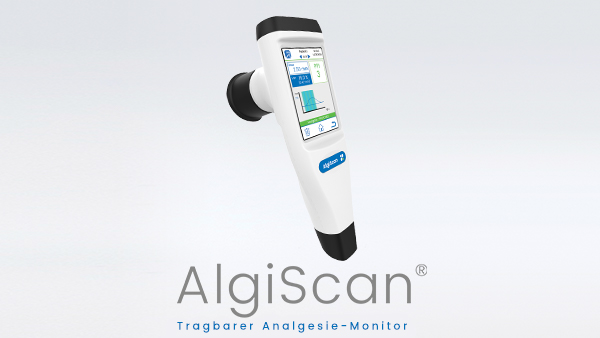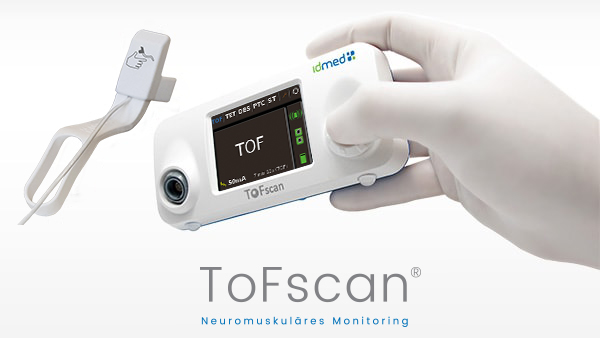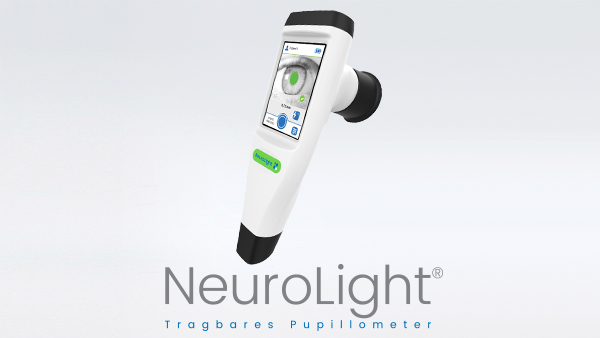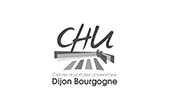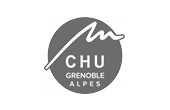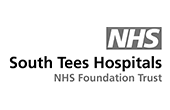IDMED
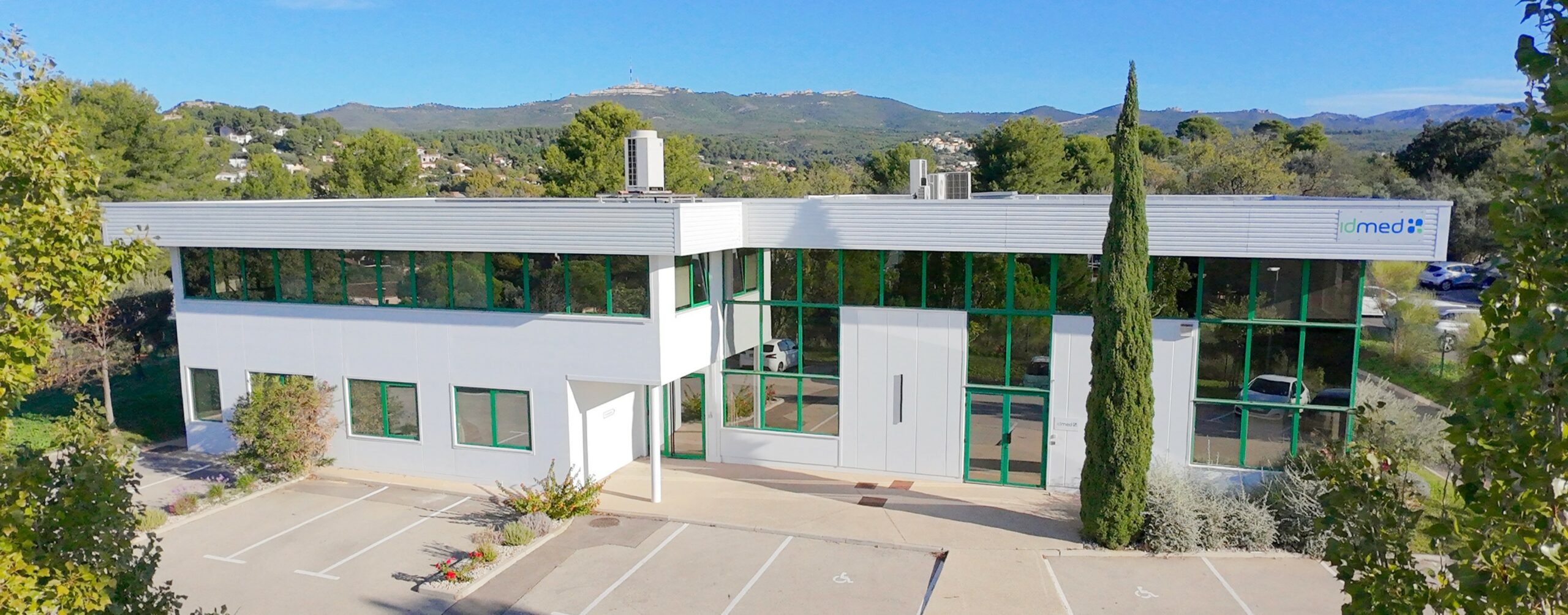
IDMED, ein französisches Unternehmen mit Sitz in Marseille, entwickelt und vertreibt innovative medizinische Geräte in den Bereichen Anästhesie und Intensivmedizin. Unsere Produkte werden weltweit in Operationssälen, Intensivstationen, neuro-ophthalmologischen Sprechstunden und Forschungslaboren eingesetzt.
Unsere Produkte werden häufig in den Bereichen Pupillometrie, Überwachung der neuromuskulären Blockade und Überwachung der Analgesie eingesetzt.
Das NeuroLight® misst genau die absolute Pupillengröße und den Pupillen-Licht-Reflex der Patienten, um die neurologische Diagnostik auf der Intensivstation zu verfeinern.
Der ToFscan® ist ein Gerät zur Überwachung der neuromuskulären Blockade, der dreidimensionale Beschleunigungssensoren verwendet, die vor der Verwendung keine Kalibration benötigen.
Mit dem AlgiScan® können die Anästhesisten das Analgesie-Niveau des Patienten mithilfe der Technologie der Pupillometrie (Pupillendilatationsreflexes) messen.
Ziel von IDMED ist es, sein technisches Fachwissen in den Gesundheitspflegebereich bringen, um die klinische Praxis zu verbessern und zu erleichtern. Es ist in Zusammenarbeit mit Ärzte, in ihren jeweiligen Bereichen, dass IDMED spezifische und maßgeschneiderte Geräte entwickelt.
Unsere Anwendungsbereiche:
- Anästhesiologie
- Intensivmedizin
- Nachbetreuung von Neuropathien
- Pharmakologie
- Schmerzbewertung bei nicht kommunizierenden Patienten

IDMED IN ZAHLEN
tägliche Benutzer

Partner

Händler

Kapseln Kaffee pro Jahr
Unsere Anwendungsbereiche

analgesie
Der AlgiScan auf der Intensivstation und im Operationssaal misst in wenigen Sekunden das Analgesie-Niveau der Patienten.

Der ToFscan ist ein Relaxometer, das eine objektive Überwachung der neuromuskulären Blockade der Patienten während aller Phasen der Relaxation ermöglicht.

Das NeuroLight ist ein Pupillometer, das objektiven und absoluten Messung von Pupillengröße und Pupillenreaktion (Pupillen-Licht-Reflex) liefert.
IDMED weltweit
Die Marktverfügbarkeit unserer Produktpalette ist von Land zu Land unterschiedlich.
Bitte kontaktieren Sie uns, um zu erfahren, welches Produkt in Ihrem Land verfügbar ist.
Unsere Partner und Händler stehen Ihnen zur Verfügung, um Ihre Fragen und die von Ihrer Patienten zu beantworten.
![]() Unsere Partner
Unsere Partner
*Distributors located
![]() Die laufenden Zusammenarbeitsaufbau
Die laufenden Zusammenarbeitsaufbau
*Distributors being implemented
Ein umweltbewusstes Unternehmen

Wir sind ein umweltbewusstes Unternehmen

Freie Wahl von Einweg-oder Mehrwegmaterial

Produktionskostenkontrolle

Ein kurzer Produktionskreislauf
Literatur
SIE VERTRAUEN UNS

MIT UNS ZU KONTAKTIEREN:




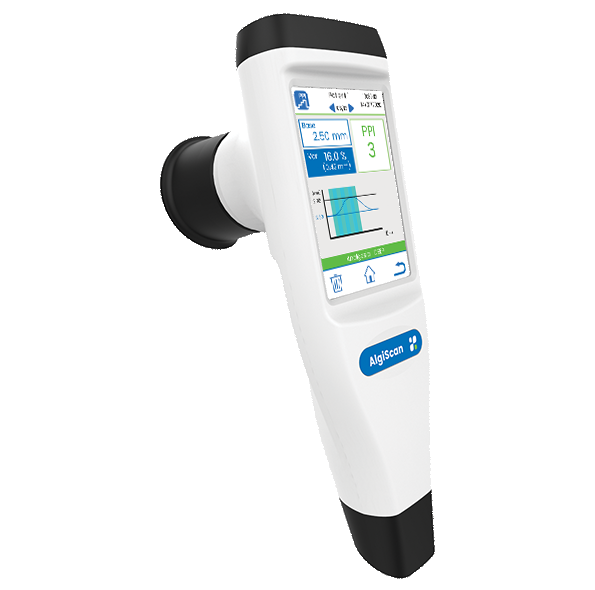



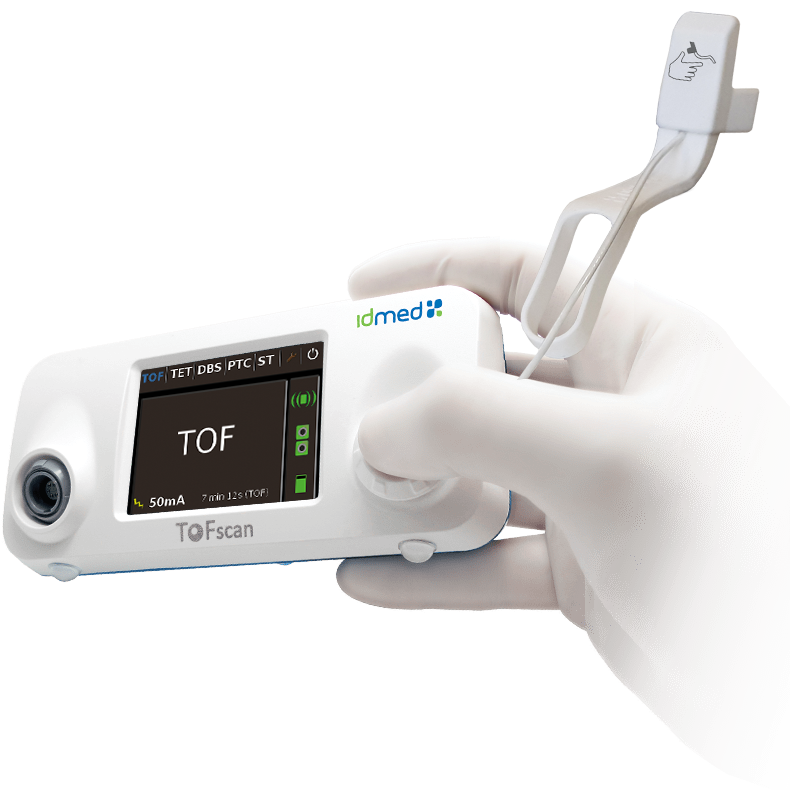



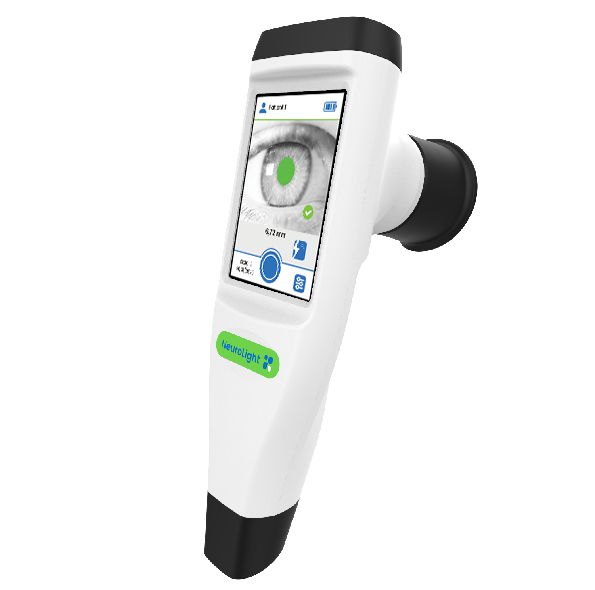
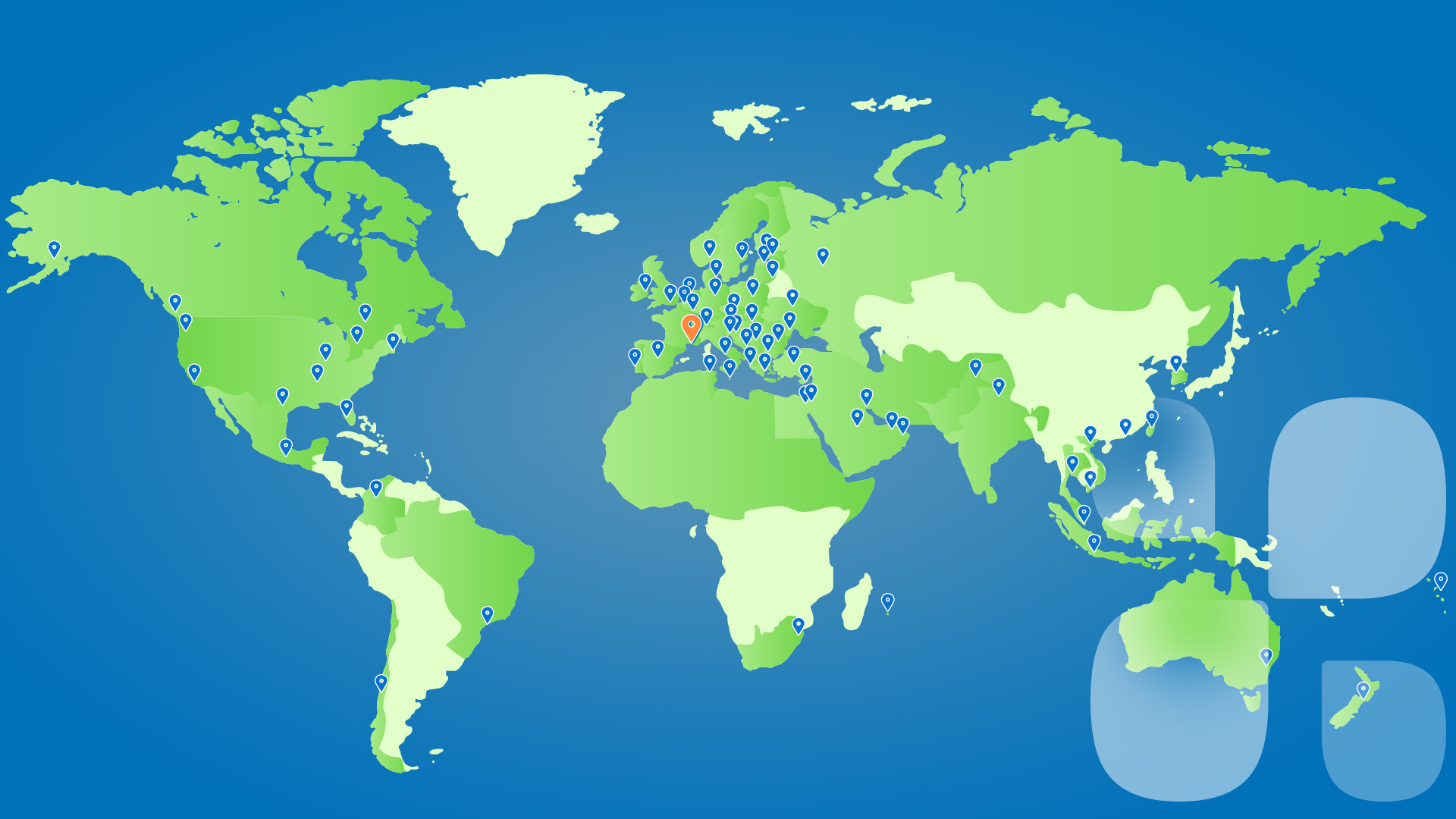

 CONTACT
CONTACT



